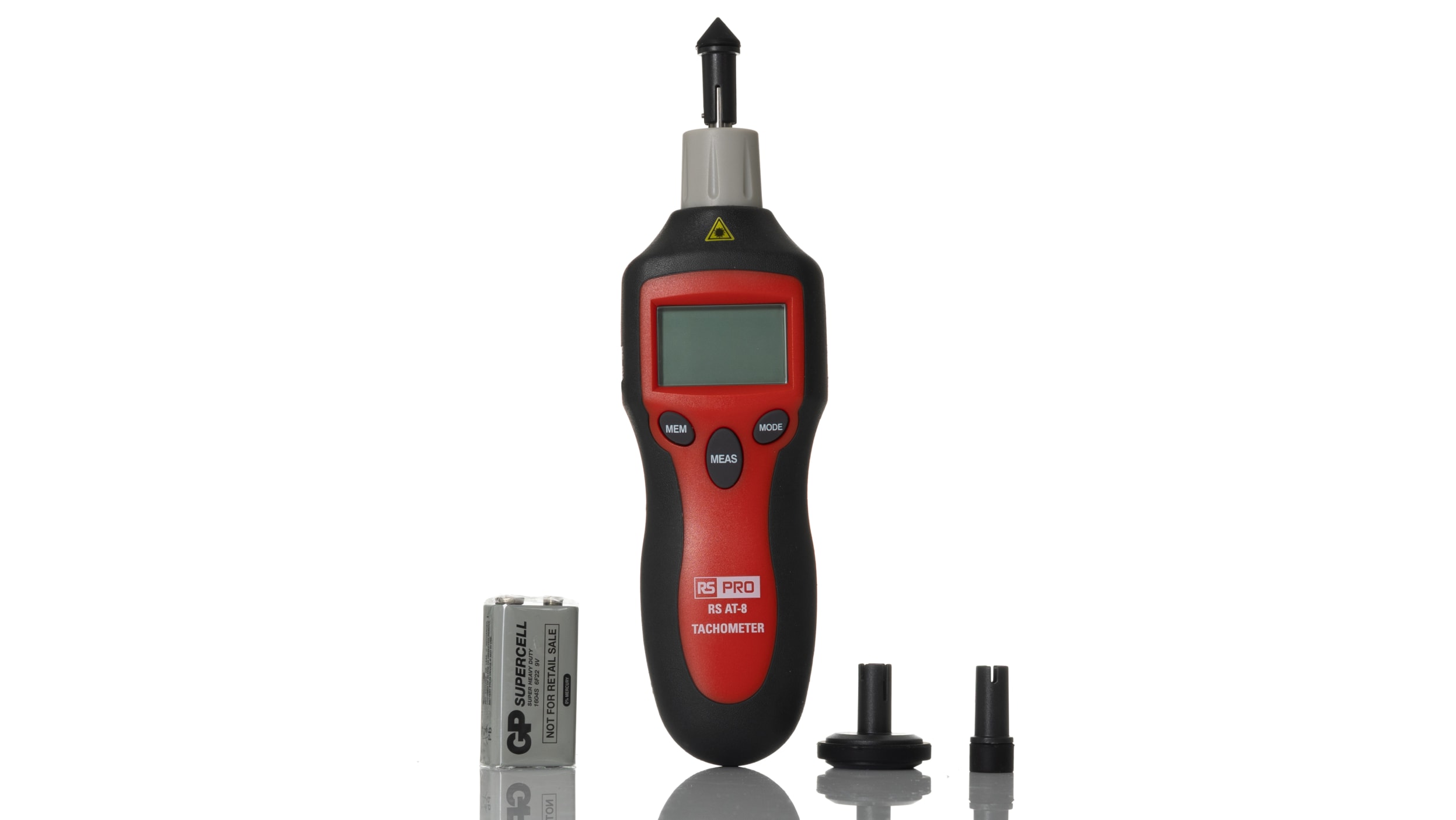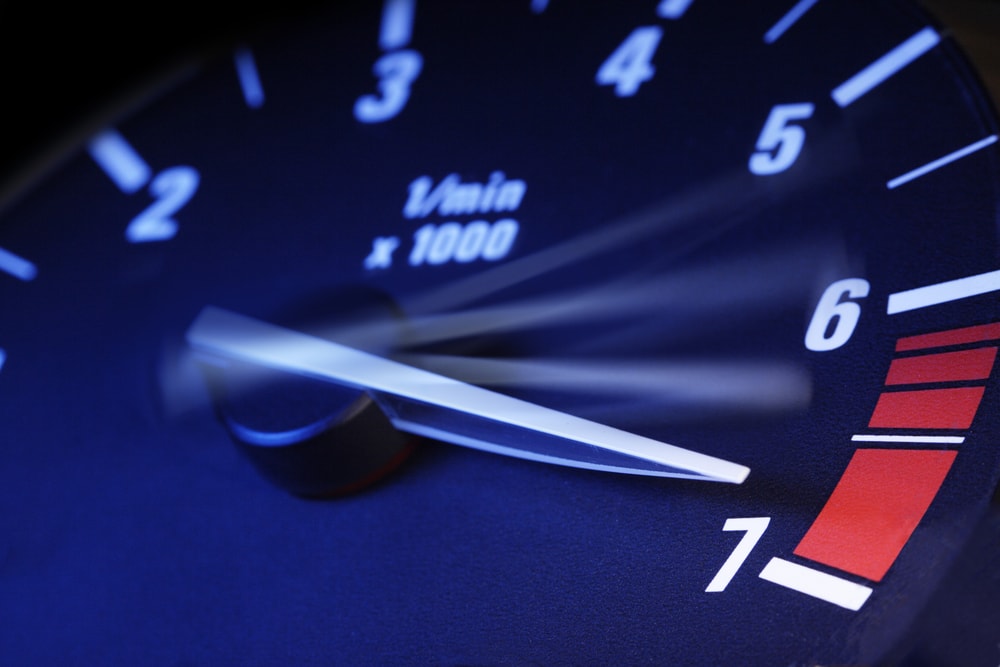Tachometer Basics: Every Little Thing You Required to Know for Accurate Readings
Tachometer Basics: Every Little Thing You Required to Know for Accurate Readings
Blog Article
The Significance of a Tachometer in Checking Engine Rate and Performance in Automotive Applications
In the realm of vehicle design, the tachometer stands as a pivotal instrument in the vehicle driver's arsenal, offering a straight home window right into the internal workings of a vehicle's engine. Past its feature as a plain gauge of transformations per min (RPM), the tachometer offers as an essential device for lovers and professionals alike, supplying real-time insights right into engine performance and health and wellness.
Importance of Checking Engine RPM
Keeping track of engine RPM, or changes per minute, is a crucial element of vehicle maintenance and efficiency analysis. Engine RPM directly correlates with the speed at which the engine's crankshaft rotates, showing exactly how promptly the engine is running - tachometer. By monitoring RPM, mechanics can analyze the health and wellness of the engine, identify potential concerns, and fine-tune efficiency. An abnormal RPM reading might signal issues such as engine misfires, damaged stimulate plugs, or concerns with the fuel delivery system. Continually high RPM analyses could indicate hostile driving habits or the requirement for a higher gear change to enhance fuel performance.
Moreover, keeping track of engine RPM is essential for efficiency evaluation in auto racing and high-performance vehicles. Keeping optimal RPM degrees is essential for attaining peak power output and velocity. Racers frequently make use of tachometers to ensure they are operating within the ideal RPM variety for maximum performance. In recap, keeping track of engine RPM is not just vital for finding issues however additionally for enhancing engine efficiency in various vehicle applications.

Advantages of Real-Time Data
In automobile applications, real-time information plays an essential function in giving instantaneous insights into the efficiency and problem of the lorry. By continuously keeping an eye on different parameters such as engine speed, temperature level, gas usage, and much more, real-time data supplies numerous advantages that add to enhanced effectiveness and safety and security on the road.
One considerable advantage of real-time data is its ability to sharp vehicle drivers and professionals to any type of abnormalities or concerns immediately. This positive technique allows fast recognition of prospective problems, enabling for timely interventions to avoid further damages or break downs. Additionally, real-time data facilitates efficiency optimization by providing prompt comments on driving practices and engine efficiency. Drivers can adjust their behavior in real-time based on this information to try these out accomplish much better gas economy and prolong the life-span of their car.

Furthermore, real-time data plays a crucial duty in modern automotive diagnostics, making it possible for specialists to promptly identify and address malfunctions. This causes lowered downtime, reduced maintenance costs, and eventually, enhanced overall lorry reliability and longevity (tachometer). By utilizing the power of real-time information, auto stakeholders can make informed decisions that positively impact both the performance and longevity of the automobile
Impact on Gear Shifts
The tachometer plays a vital role in enhancing gear shifts by supplying real-time engine speed information to the vehicle driver. When approaching the redline on the tachometer, it indicates the driver to upshift to prevent over-revving the engine and triggering prospective damages.
Furthermore, the tachometer help in accomplishing smoother gear transitions, particularly in hand-operated transmissions. By checking engine rate, vehicle drivers can execute equipment shifts at the optimal RPM look these up array, minimizing snagging activities and lessening endure the transmission components. This precision on duty modifications not just enhances driving convenience yet likewise contributes to fuel performance.
Enhancing Fuel Effectiveness
Offered the vital duty the tachometer plays in optimizing equipment changes for performance and engine health and wellness, it straight adds to taking full advantage of fuel effectiveness in auto applications. By supplying real-time responses on engine rate, the tachometer assists drivers in keeping the most reliable RPM variety for fuel economic situation. When drivers regularly keep an eye on the tachometer and adjust their driving practices appropriately, they can stay clear of unnecessary fuel usage created by over-revving or carrying the engine.
Moreover, the tachometer helps drivers identify the most fuel-efficient equipment to be in at any given moment, avoiding the engine from functioning harder than basics necessary. In conclusion, the tachometer offers as a beneficial tool in boosting fuel performance by advertising optimum driving habits and determining locations for enhancement in the automobile's performance.

Making The Most Of Engine Durability
The tachometer's function in keeping track of engine speed and performance is important in guaranteeing the durability of auto engines. Keeping track of the tachometer allows motorists to remain within the suggested RPM range for their vehicle, preventing unneeded pressure on the engine and prolonging its life-span.

Conclusion
Finally, the tachometer plays a critical function in keeping an eye on engine speed and efficiency in auto applications. By offering real-time information on RPM, it enables efficient gear changes, enhanced fuel effectiveness, and made best use of engine longevity. This tool is crucial for maintaining optimum engine performance and ensuring the total capability of a car.
Report this page